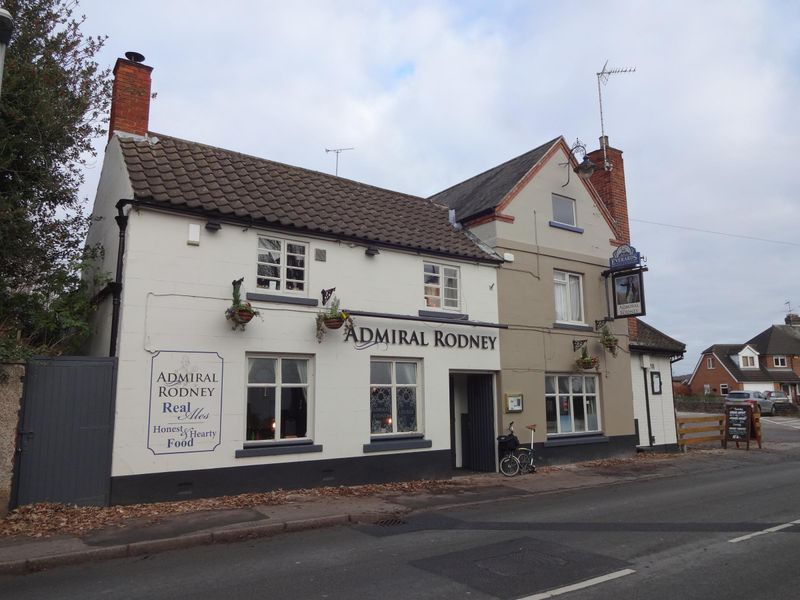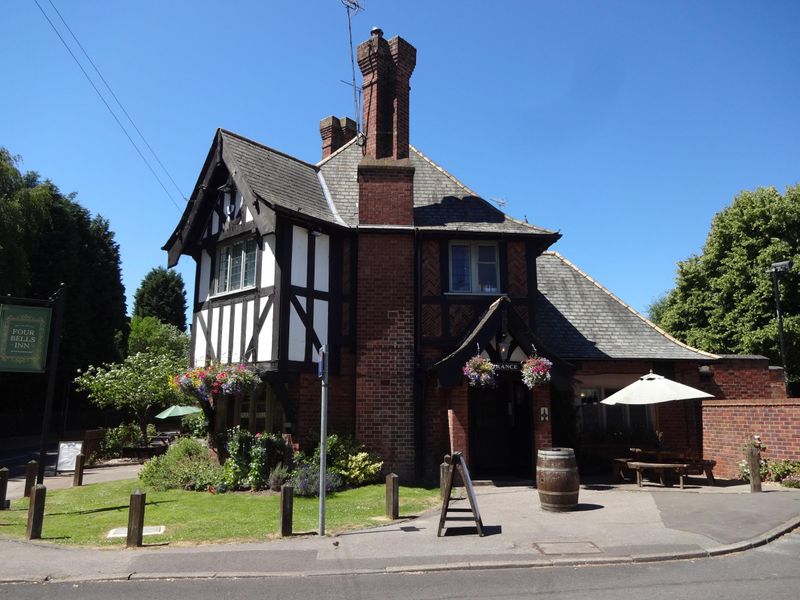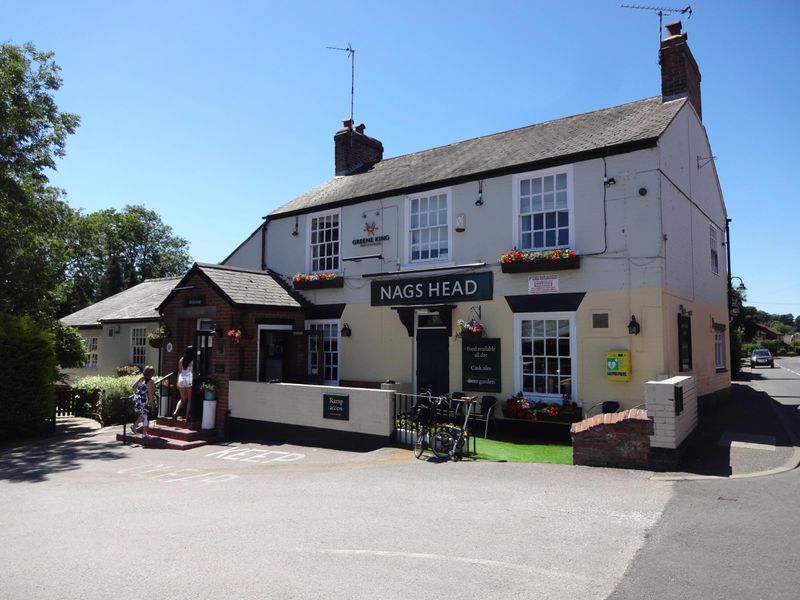Because there is no documentary proof of the existence of a cricket club at Calverton before 1869, Calverton Cricket Club have chosen 1969 as their Centenary Year, although it is known with some certainty that a team existed as far back as 1850 and probably before 1840.
Cricket has always had a large following at Calverton, much more than any other team sport and even in times of difficulty matches were played on any field that could be found and practice carried out on the roadside with foot treadles of stocking frames for bats. This kind of enthusiasm has continued down the years.
The written records exist in the form of an old account and fixtures book, which shows that in 1869 the club had a membership of 20 people, each paying a subscription of a shilling a month.
Old men’s memories of stories their fathers told show that cricket matches were played at least 20 years before 1869. One old inhabitant claimed to have played for Calverton in 1860 and spoke of a celebrated match against Nuncargate for £5 a side in 1850. In those days players managed their own affairs, there being no committee and no official captain.
By 1876 the number of paid-up members had increased to 41. By 1969 the club had 50 members.
In 1879 players were so keen they played on ice at Salterford Dam on January 10, at a time when the weather called for the item which appears on the expense sheet as “2 bottles of Whisky for match, 8s.”
Cricket, we know, is thirsty work at any time, so it is not surprising to find entries for this period “Ale for players, 2s. 6d” or “Ale for Committee, 2s. 3d.” along with such items as “mowing for three matches, Foster and Harrison 1s. 6d.” and “Rolling wicket 4d.”
Just before the 1890’s the club headquarters were at the Gleaner’s Inn and matches were held in an adjacent field. The Club had the name Calverton Foresters Cricket Club and was governed by eight simple but quaint rules:
- That a captain be selected previous to each match.
- Practice Monday nights and Saturdays.
- Swearing on ground by members is strictly prohibited.
- That every member taking part in a match obey the commands of the captain.
- That no one be allowed to play on the ground unless they be members of the club.
- That every member uses his influence against persons damaging fences, etc.
- That every member shall have equal time in batting, bowling and fielding during time of practice.
- That every member selected to play will be expected to comply or find a substitute.
Play usually began in April and matches were played until Calverton Feast (late October) if the weather permitted. Saturday was not then a widespread holiday and Monday was the usual day for chosen fixtures.
A period of difficulty was encountered when the club lost their ground in the 1890’s. By 1900 they had the use of the recreation ground behind the church and a wooden butcher’s shop served as the dressing room.
Conditions became more settled in 1910 when the ground known as the Rookery was provided by the generosity of Col. Frank Seely, who was President until his death in 1928 and who was followed in that office by his son, Major Jim Seely, who held it until his death in 1956. To ensure the club’s security Major Seely leased the ground to them for 99 years at a rent of 15s a year. Major Seely’s son James is now president of the club.
At the turn of the century it was usual for the home team to provide the new ball and for the winning side to retain it. For practically seven years the ball remained at Calverton, to be joined by others won in away matches.
One game the Calverton side did not win, however, was that played on August 31 1902 against a Notts County side which included the three Gunns – William, George and John, Arthur Shrewsbury, W. Shrewsbury, J. Hardstaff, G. Anthony, T. Wass, J.W. White, R.E. Hemmingway and J. Iremonger.
The match was for Isaac Harrison’s benefit and after bowling Calverton all out for 86, Notts went on to score 104 for 8. Isaac had played for the county in 1901 and died at an early age after an illness. He was reputed to be a magnificent fielder. He was one of the Notts side to be skittled out for 13 runs by Yorkshire.
Calverton proved to be a great nursery of cricket, for many of the club’s members accepted professional engagements in towns and with schools. As many as 13 went out to take up cricketing jobs in one season. Among those recalled as going out as professionals are: J. Anthony, J.C. Hind, W.C. Hind, J. Stevenson, W. Smith, J. Taylor, M. Harrison, D. Binch, S. Binch, F. Binch, E. Binch, T. Lee, F. Watson, W.B. Morley, A. Worthington, H. Bardill, Herbert Hind and Horace Hind, who was also on the Notts ground staff before his career was interrupted by the war.
In 1937 a new pavilion was opened and to celebrate the occasion a match was arranged between sides chosen from home and various clubs. In this game A.W. Carr made probably what was the biggest hit ever seen on the ground. The shot almost defies description. It was not elegant as a cricket stroke but the rising ball on the off was slammed over points head to clear two hedges before landing two fields away.
Some of the well-known captains of the club since 1910 were: Jim Holloway, Harry Bardill, Neville Hind, Arthur Lee, Arnold Stevenson, Cyril Smith, Percy Richardson, George Binch, Henry Poole, Dick Bardill and Dick Pickering." (www.calvertoncc.co.uk/history).
[Gedling Borough Council; Calverton Ward / Calverton Parish Council / Nottinghamshire County Council; Calverton Division / Sherwood Parliamentary Constituency]



























